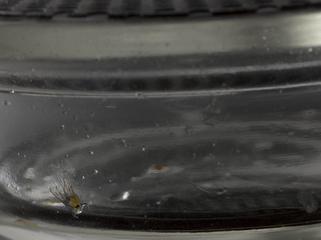
Robert G Edwards 1925
- occupation:
- Physician, Physiologist, Writer
- Nationality:
- British
- born in:
- Batley, Kirklees, West Yorkshire, England, United Kingdom
Robert Edwards is a physiologist who, along with Patrick Steptoe, developed the technique of IVF.
Louise Brown came kicking and screaming into the world on 28 July 1978. Her birth was a landmark in reproductive medicine as the world’s first ‘test-tube baby’, the first child born as a result of in vitro fertilisation (IVF). The technique was developed by two British researchers: gynaecologist Patrick Steptoe and physiologist Robert Edwards. IVF remains a major infertility treatment. Over the last 30 years it has resulted in more than 3 million births worldwide.
Both Steptoe and Edwards worked in the field of reproductive health before their collaboration in 1966, and were especially interested in problems of human fertility. Edwards had developed a way to fertilise human eggs within the laboratory; Steptoe had perfected a method for obtaining human eggs from the ovaries using a laparoscope, a long, thin telescopic instrument. Combining these skills enabled them to produce mature eggs at the optimum time to improve chances for successful fertilisation and development.
In 2010 Robert Edwards was awarded the Nobel Prize in Physiology or Medicine for his work on IVF. The technique he pioneered gives hope to thousands of people who would otherwise be unable to have children.